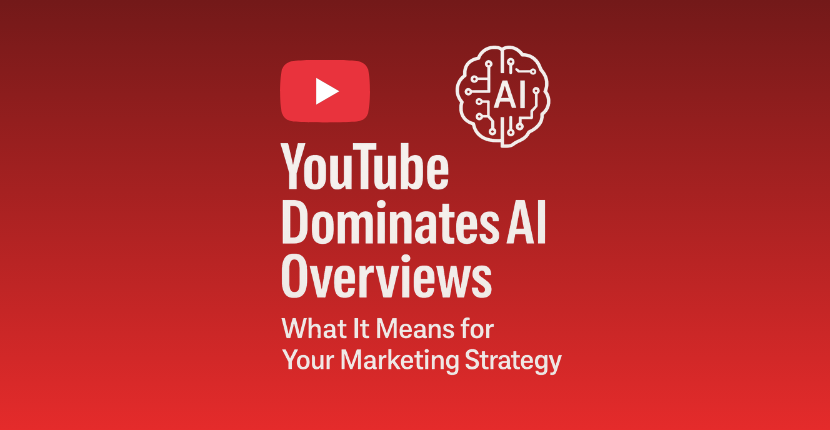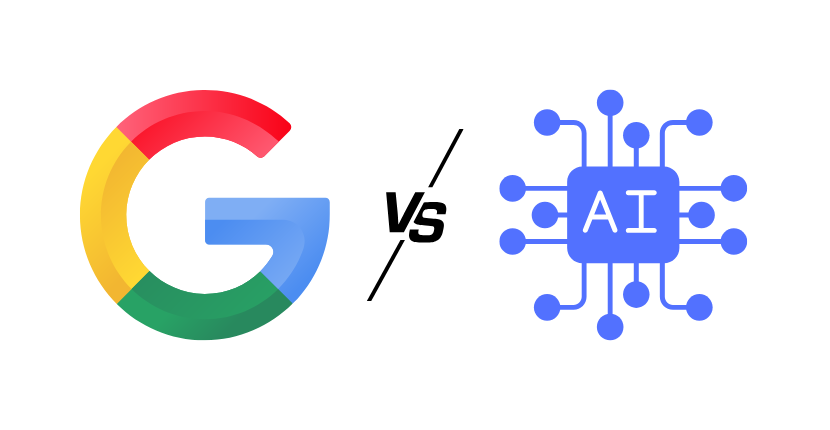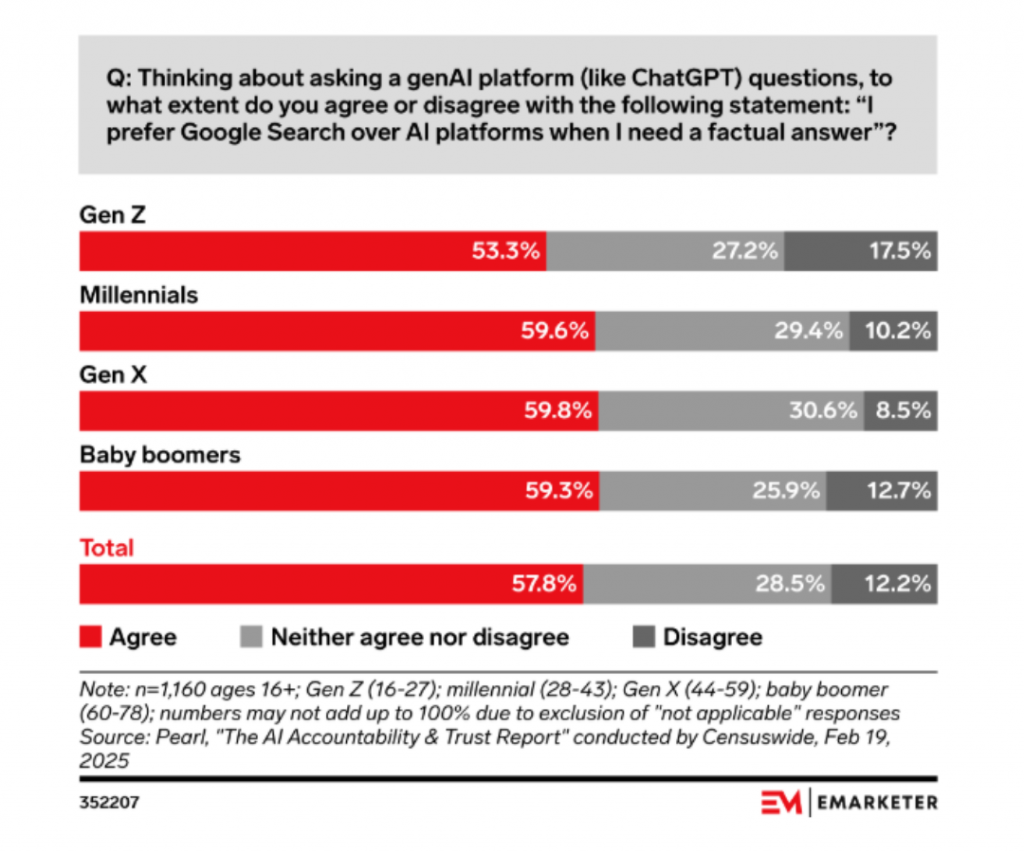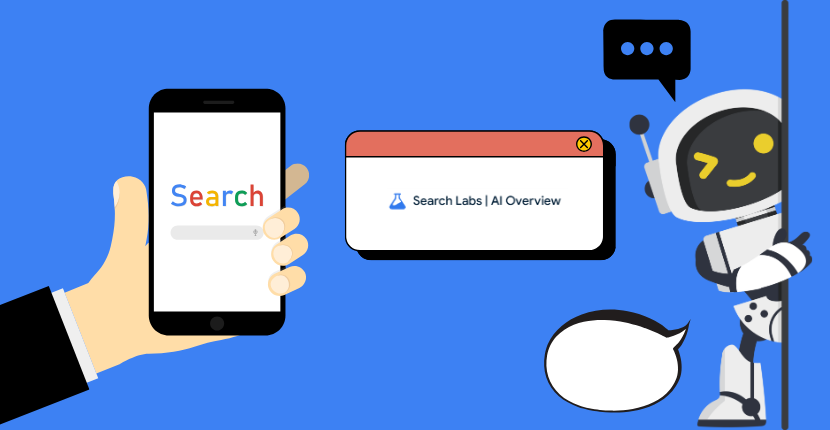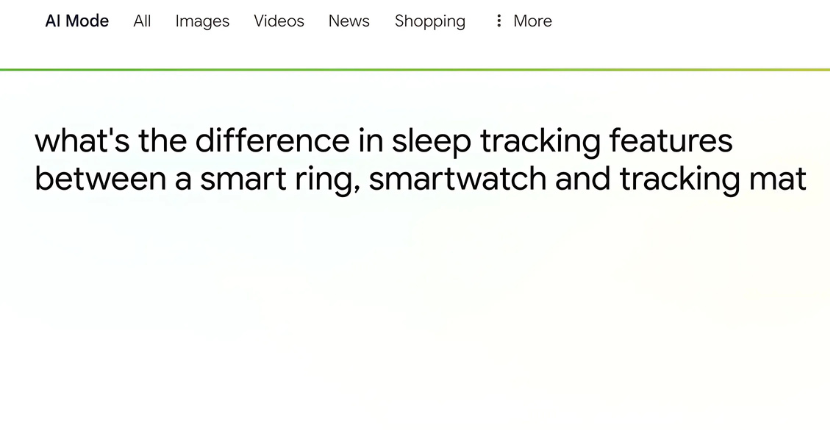Google’s New “Preferred Sources” Feature: What It Means for Your Dealership’s Visibility
Search results are becoming more personal than ever. Google recently launched a new feature called Preferred Sources in the U.S. and India, and it could fundamentally change the way customers discover your dealership online.
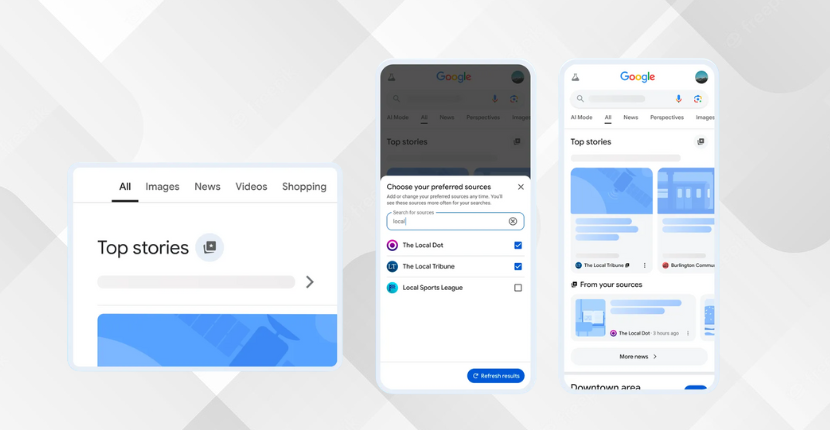
What Are Preferred Sources?
This new feature allows users to choose specific publishers they want to see more often in their search results. Once selected, those sources will appear more prominently in Top Stories and in a new section called “From Your Sources.”
Think of it as a bookmark system that directly influences what shows up in someone’s Google search results. If a user adds your dealership’s website as a Preferred Source, your content gets priority placement when they search for automotive information.
Why This Matters for Automotive Dealerships
For years, SEO has been a numbers game: optimize your content, build links, and hope Google’s algorithm favors you. But Preferred Sources introduces a new variable, user choice.
Here’s what’s changing:
Traditional SEO: Your site competes algorithmically with thousands of others
Preferred Sources: Users can manually boost your visibility in their personal search results
This shift means:
- Brand loyalty translates to search visibility. Customers who trust you can now prioritize your content
- Direct relationships matter more. Getting someone to actively select your site gives you a lasting advantage
- Competition intensifies. If customers don’t choose you, they may be choosing a competitor instead
If your company is looking for SEO marketing solutions, explore our services today!
The Opportunity: Turn Customers Into Advocates
While this update adds a new layer of complexity, it’s also a powerful opportunity for dealerships that have invested in building trust and providing value.
If your dealership consistently publishes:
- Local market insights and inventory updates
- Vehicle buying guides and comparisons
- Service tips and maintenance advice
- Industry news relevant to your customers
…then you already have the foundation to become someone’s Preferred Source.
What This Means for Your Content Strategy
Preferred Sources rewards consistency and quality. To make it worth someone’s while to add your dealership:
Publish regularly. Sporadic content won’t keep you top-of-mind
Stay relevant. Cover topics your audience actually searches for
Build trust. Accurate, helpful information makes people want to follow you
Engage locally. Local market insights give you an edge over national publications
This isn’t about gaming the system. It’s about earning a spot in your customers’ trusted circle.
The Bottom Line: Adapt Now, Win Later
Google’s Preferred Sources feature is still rolling out, but the message is clear: search visibility is becoming opt-in, not just algorithmic.
Dealerships that start building awareness and encouraging adoption now will have a major advantage as this feature becomes more widely used. Those who wait risk being left out of their own customers’ search results.
The dealerships that win in this new landscape won’t just rank well. They’ll be chosen.
Need help adapting your content strategy for changes like Preferred Sources?
At Automotive Internet Media, we help dealerships stay ahead of search trends and maximize visibility where modern car buyers are looking. Let’s build a strategy that keeps you front and center, even as the rules change. Contact Automotive Internet Media today to get started.
